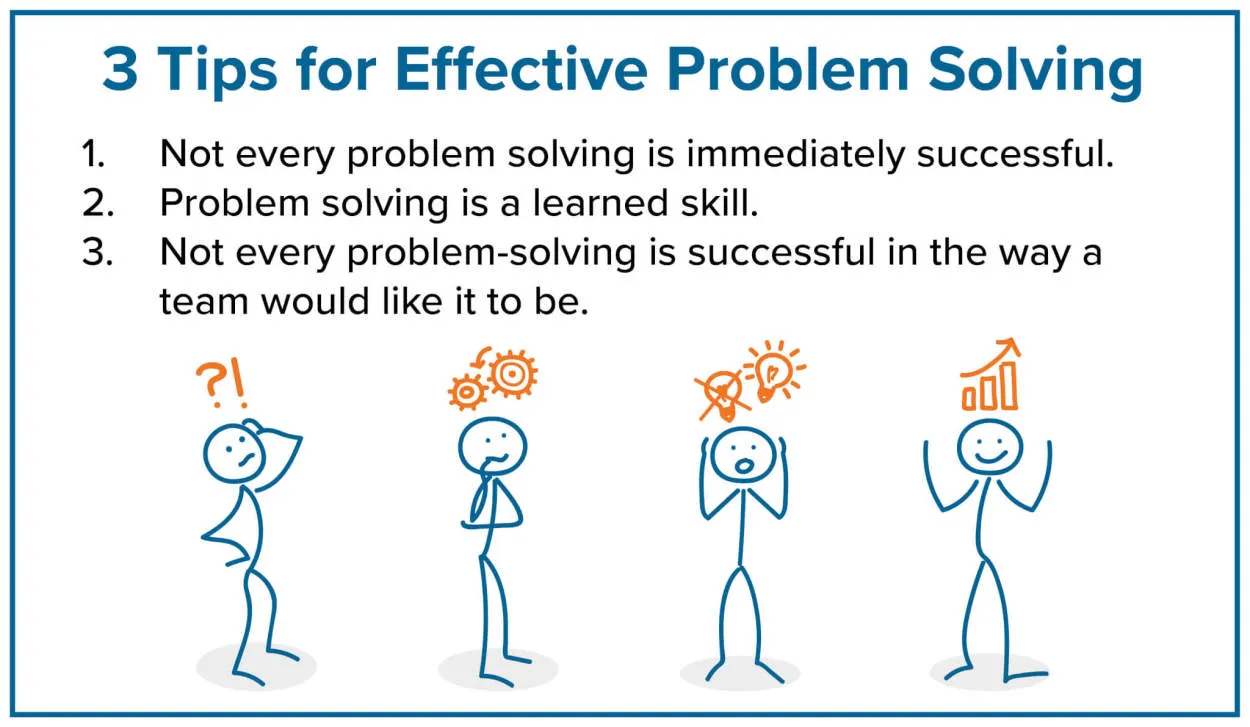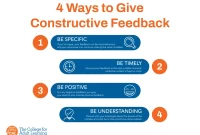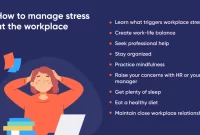In today’s fast-paced and competitive work environment, effective problem-solving techniques are crucial for employees to overcome challenges and achieve optimal results. In this article, we will explore a range of proven strategies that can empower individuals to solve problems efficiently and contribute to their organization’s success.
Defining the Problem Clearly
When it comes to effective problem-solving techniques for employees, one crucial step is to define the problem clearly. By clearly understanding the issue at hand, employees can effectively work towards finding appropriate solutions. Here are some key points to consider:
-
Gather all necessary information:
Before attempting to solve a problem, it is essential to gather all relevant facts and data. This helps in understanding the root cause and potential consequences of the problem.
-
Identify the core issue:
To solve a problem effectively, it is important to identify the main cause or the core issue. This allows employees to address the underlying problem rather than just treating the symptoms.
-
Break down the problem:
Breaking down the problem into smaller components or sub-problems can make it more manageable. This approach helps in analyzing each component individually, finding suitable solutions, and then integrating them to solve the overall problem.
-
Consider different perspectives:
Encouraging employees to consider multiple viewpoints and perspectives can bring fresh ideas and insights into the problem-solving process. This can lead to more innovative solutions.
-
Set clear objectives:
Defining clear objectives and goals related to problem-solving is crucial. Specific and measurable targets help in maintaining focus and tracking progress towards finding a solution.
-
Brainstorm potential solutions:
Employees should be encouraged to brainstorm various possible solutions without any judgment. This allows for a wide range of ideas and promotes creative thinking.
By following these steps and defining the problem clearly, employees can enhance their problem-solving skills and contribute to effective solutions in the workplace.
Encouraging Collaborative Problem-Solving
In today’s fast-paced work environment, effective problem-solving techniques are crucial for employees to ensure smooth operations and maintain a competitive edge. One approach that has proven to be highly effective is encouraging collaborative problem-solving among team members.
Collaborative problem-solving harnesses the collective intelligence and diverse perspectives within a team. By working together, employees can leverage their strengths and expertise to tackle complex challenges efficiently and find innovative solutions.
Creating an environment that fosters collaborative problem-solving requires open communication channels and a supportive culture. Encourage employees to openly share their ideas and opinions without fear of judgment. This promotes a sense of psychological safety, where team members feel comfortable taking risks and offering creative solutions.
Additionally, implementing effective collaboration tools and technologies can facilitate problem-solving processes. These tools provide platforms for team members to collaborate, share information, and track progress collectively. Utilizing these platforms promotes transparency and accountability within the team.
Furthermore, establishing a structured problem-solving framework can guide employees in approaching challenges systematically. Encourage the use of methods such as brainstorming, root cause analysis, or the 5 Whys technique. By providing employees with a clear framework, they can identify problems, analyze underlying causes, and develop appropriate solutions collaboratively.
In conclusion, leveraging collaborative problem-solving techniques can enhance an organization’s problem-solving capabilities. By promoting open communication, utilizing collaboration tools, and establishing a structured framework, employees can work together efficiently, overcome hurdles, and achieve effective solutions.
Implementing Analytical Thinking Strategies
Effective problem-solving is a crucial skill for employees in any organization. By implementing analytical thinking strategies, individuals can enhance their problem-solving abilities and make better decisions in the workplace.
One effective analytical thinking strategy is identifying the root cause of a problem. Instead of just addressing the symptoms, employees should dig deeper to understand the underlying issues. This can be achieved through techniques such as the “5 Whys,” which involves asking “why” repeatedly to uncover the root cause.
Another strategy is breaking down complex problems into smaller, manageable parts. This allows employees to analyze each component individually, which can lead to more effective problem-solving. Using frameworks like the “Fishbone diagram” or creating a step-by-step action plan can assist in this process.
Data analysis plays a crucial role in analytical thinking. Employees should collect and analyze relevant data to gain insights into the problem at hand. Techniques such as data visualization and statistical analysis can help individuals identify patterns, trends, and potential solutions.
Furthermore, collaboration and brainstorming are essential in implementing analytical thinking strategies. Employees should engage with colleagues and leverage their diverse perspectives to generate innovative solutions. Encouraging an open and supportive environment fosters effective problem-solving.
Lastly, continuous learning and improvement are integral to analytical thinking. Employees should regularly evaluate their problem-solving techniques and seek opportunities to enhance their skills. This can involve attending workshops, reading relevant articles or books, or participating in training programs.
Conclusion
In conclusion, implementing effective problem-solving techniques is crucial for employees in order to enhance productivity and foster a positive work environment. By promoting proactive communication, encouraging creative thinking, and fostering a collaborative approach, organizations can empower employees to efficiently identify and address challenges, leading to improved performance and overall success.




